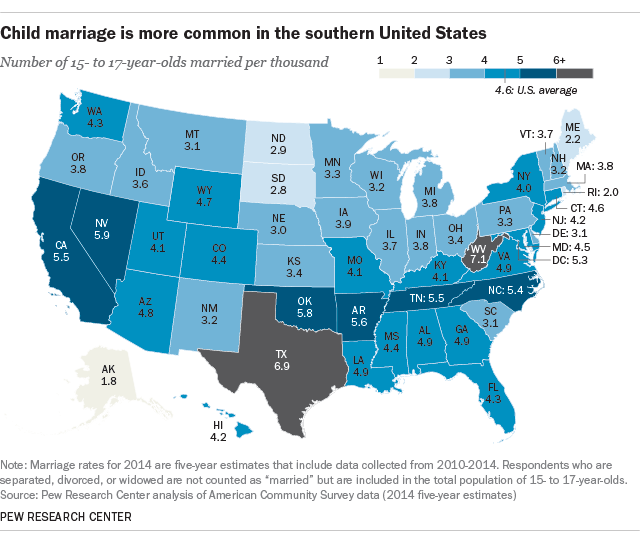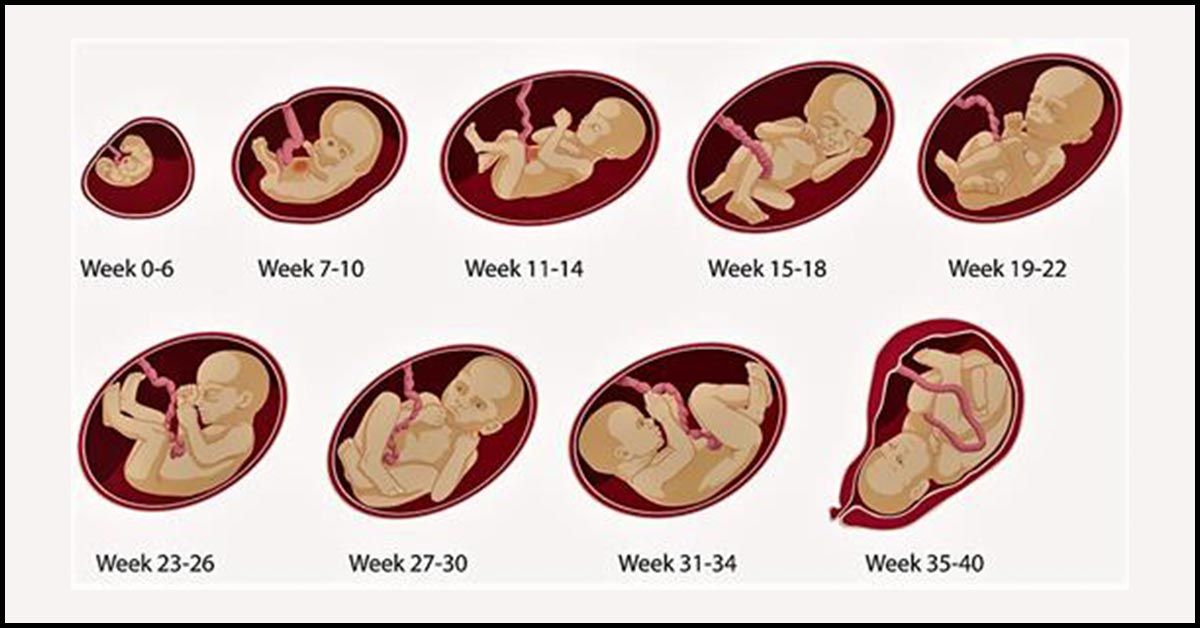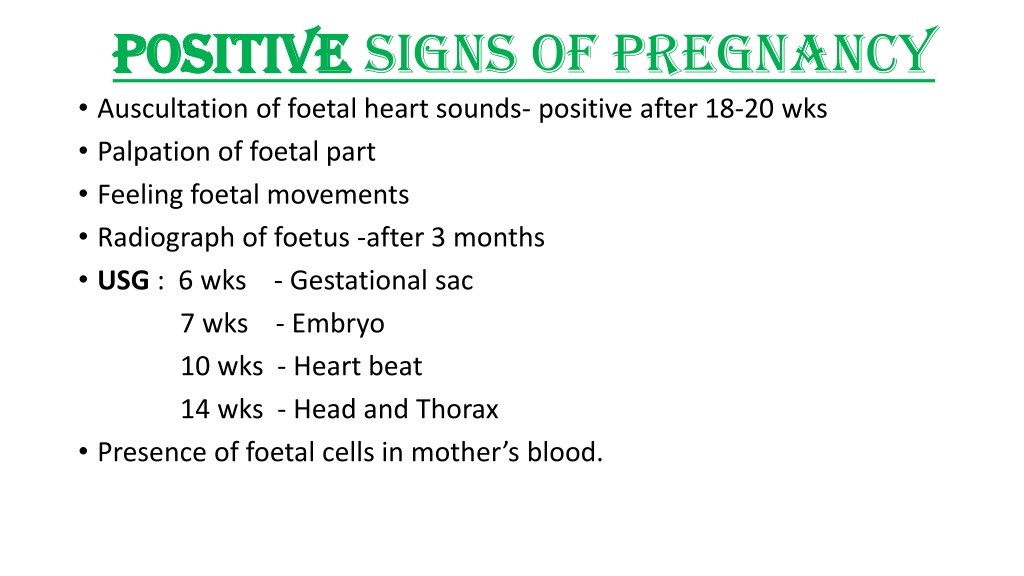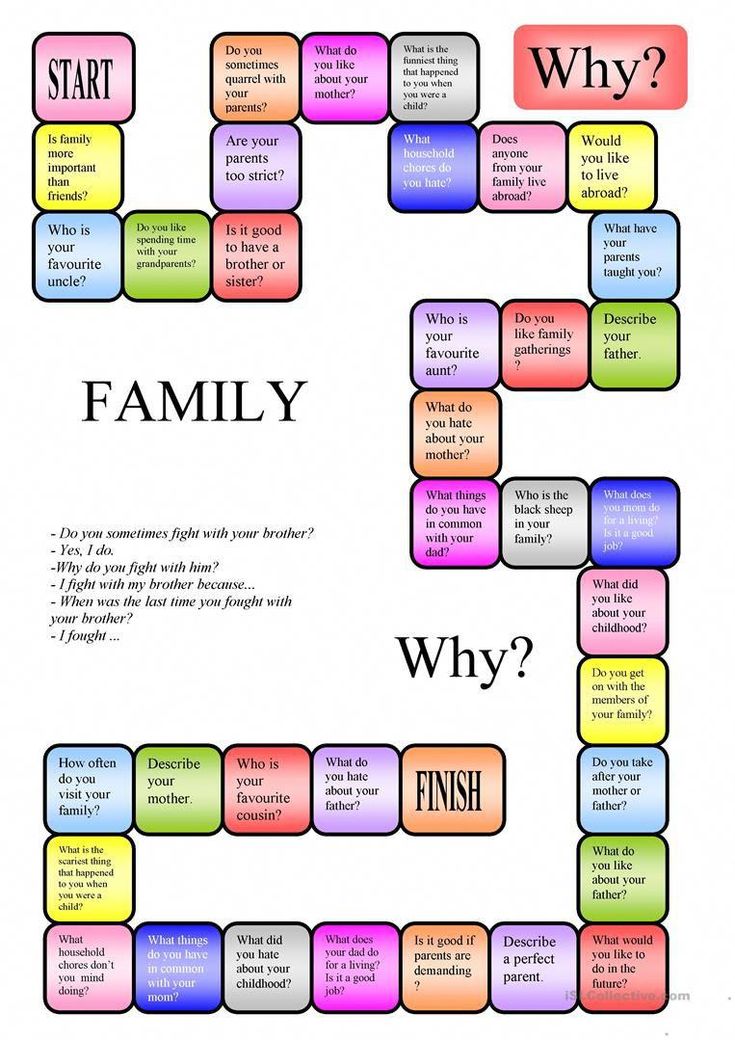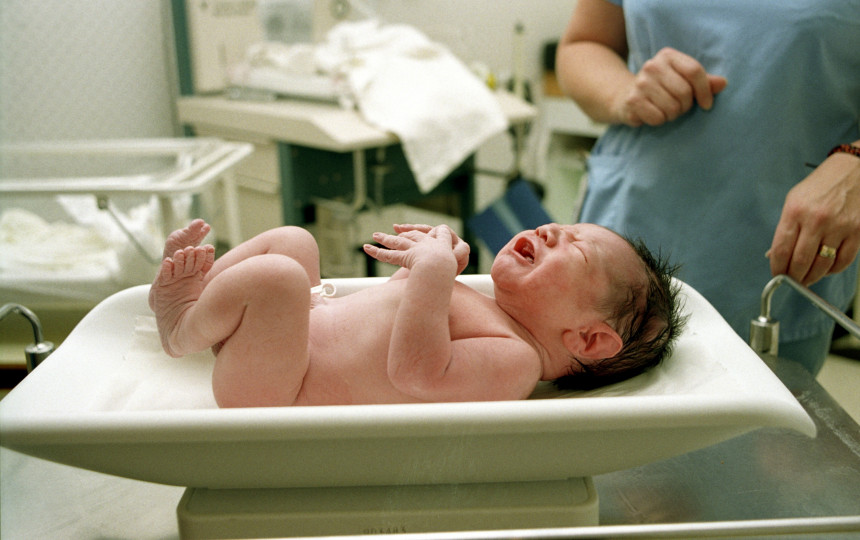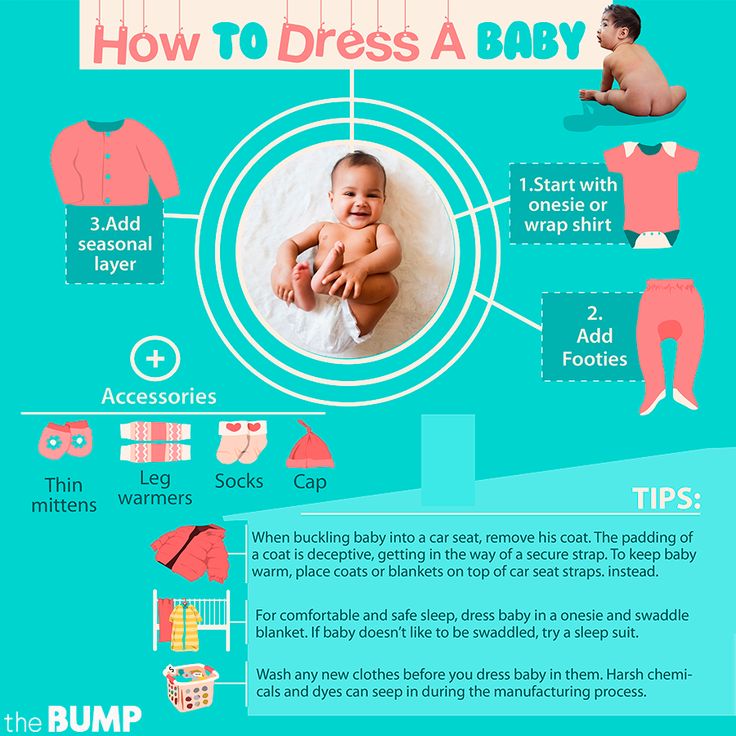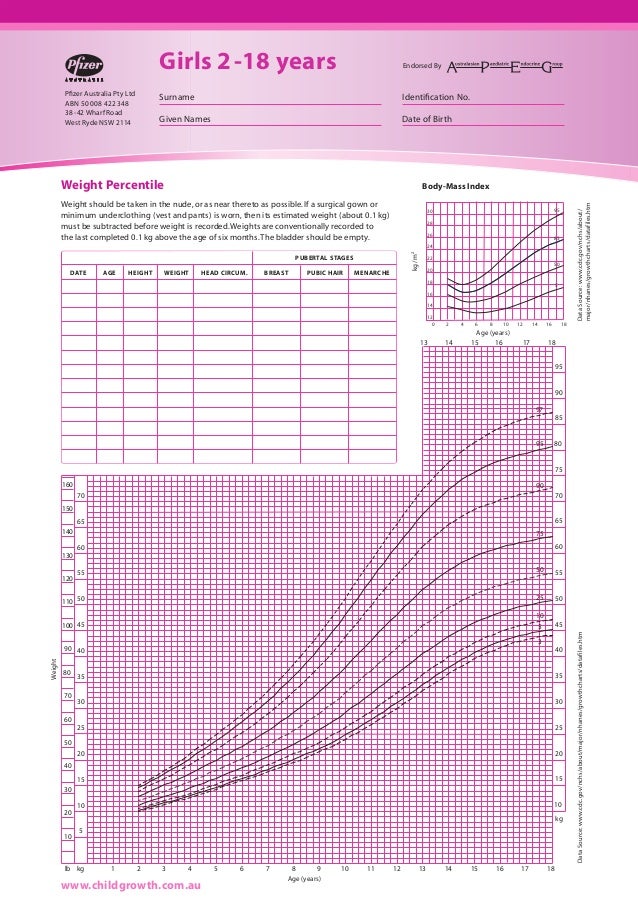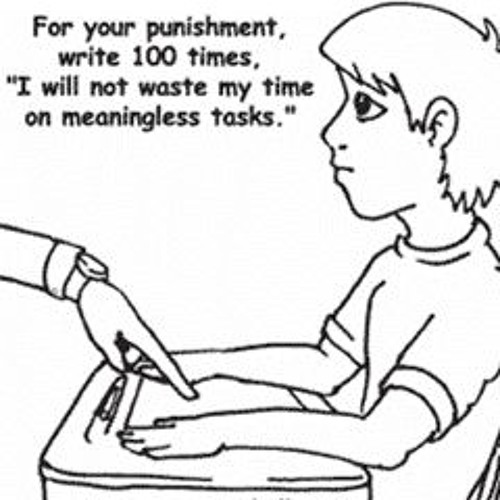How common is child marriage
Child and forced marriage, including in humanitarian settings
Child and forced marriage (CFM) is a human rights violation and a harmful practice that disproportionately affects women and girls globally, preventing them from living their lives free from all forms of violence.
CFM threatens the lives and futures of girls and women around the world, robbing them of their agency to make decisions about their lives, disrupting their education, making them more vulnerable to violence, discrimination and abuse, and preventing their full participation in economic, political and social spheres.
Child marriage is also often accompanied by early and frequent pregnancy and childbirth, resulting in higher than average maternal morbidity and mortality rates.
CFM may lead to women and girls attempting to flee their communities or commit suicide to avoid or escape the marriage.
Definitions of child marriage and forced marriage
Child marriage is any marriage where at least one of the parties is under 18 years of age.
Forced marriage is a marriage in which one and/or both parties have not personally expressed their full and free consent to the union. A child marriage is considered to be a form of forced marriage, given that one and/or both parties have not expressed full, free and informed consent.
One in every five girls is married
Worldwide, more than 650 million women alive today were married as children. Every year, at least 12 million girls are married before they reach the age of 18. This is 28 girls every minute. One in every five girls is married, or in union, before reaching age 18. In the least developed countries, that number doubles: 40 per cent of girls are married before age 18, and 12 per cent of girls are married before age 15. The practice is particularly widespread in conflict-affected countries and humanitarian settings (source: UNICEF).
Despite progress, prevalence remains high
International human rights instruments and international entities stress the need to take measures to address CFM. In recent years, actions to end child and forced marriage have increased at international, regional and national levels (see A/HRC/RES/24/23; A/HRC/26/22; A/HRC/35/5; A/HRC/41/19; A/71/253; A/73/257; A/75/262). Specific efforts are under way to link these efforts to the implementation and monitoring the Sustainable Development Goals (SDGs), particularly Goal 5.3 to eliminate all harmful practices, such as child, early and forced marriage and female genital mutilations.
In recent years, actions to end child and forced marriage have increased at international, regional and national levels (see A/HRC/RES/24/23; A/HRC/26/22; A/HRC/35/5; A/HRC/41/19; A/71/253; A/73/257; A/75/262). Specific efforts are under way to link these efforts to the implementation and monitoring the Sustainable Development Goals (SDGs), particularly Goal 5.3 to eliminate all harmful practices, such as child, early and forced marriage and female genital mutilations.
In the past decade, 25 million child marriages have been prevented globally thanks to the increased rate of girls’ education, the proactive investment of governments in adolescent girls and greater public awareness of the harms of child marriage. Despite this, the prevalence rate of child and forced marriage remains high, in particular in some regions, such as sub-Saharan Africa and South Asia, which represent 18 per cent and 44 per cent, respectively, of the global burden; followed by East Asia and Pacific, 12 percent; Latin America and Caribbean, 9 percent; the Middle East and North Africa, 5 percent; and other regions, 12 percent, according to UNICEF.
No region is on track to eliminate child, early and forced marriage by 2030, as set out in the 2030 Agenda for Sustainable Development. To end the practice globally, progress must be significantly accelerated and sustained. Without further acceleration, more than 120 million additional girls will marry before their 18th birthday by 2030. See UNICEF Global Data
Child marriage in the context of COVID-19
The COVID-19 pandemic is having a profound impact on the everyday lives of girls and the enjoyment of their human rights. Empirical literature and theory on the drivers of child marriage, as well as anecdotal evidence from a number of countries, allow to conclude that the risk of child marriage increases in the context of the COVID-19 pandemic and its consequences. In particular, the economic impact on families and societies, school closures and interruptions in services addressed to girls, are threatening progress and putting millions of girls at risk of child marriage, as illustrated in a recent UNICEF report.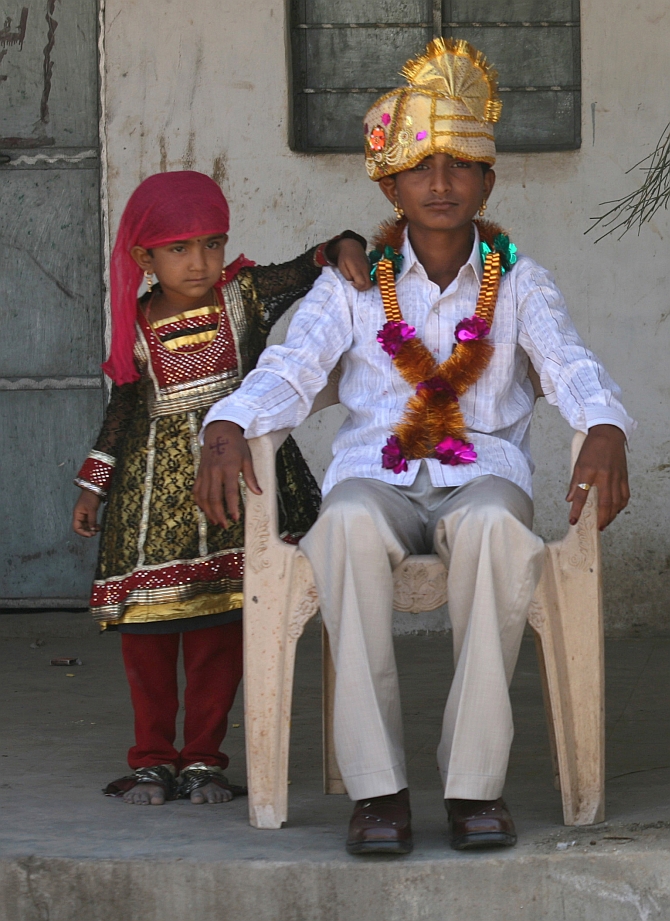
Thematic reports on the issue of child and forced marriage
In 2014, the High Commissioner issued a report on preventing child, early and forced marriage to the Human Rights Council (A/HRC/26/22). The report looks at existing measures and strategies to prevent and eliminate child, early and forced marriage with a particular focus on challenges, achievements, best practices and implementation gaps. See submissions received on the report page.
In July 2015, the Human Rights Council adopted its first substantive resolution recognizing child and forced marriage as a human rights violation. In resolution A/HRC/RES/29/8, the Human Rights Council requested the UN High Commissioner for Human Rights to organize an expert workshop to review and discuss the impact of existing strategies and initiatives to address child, early and forced marriage. See the 2017 report submitted to the Council at its thirty-fifth session (A/HRC/35/5) or visit the report page.
The UN Secretary-General’s report (A/71/253) presented at the GA’s 71st session details progress in efforts to eliminate child, early and forced marriages from April 2014 to May 2016.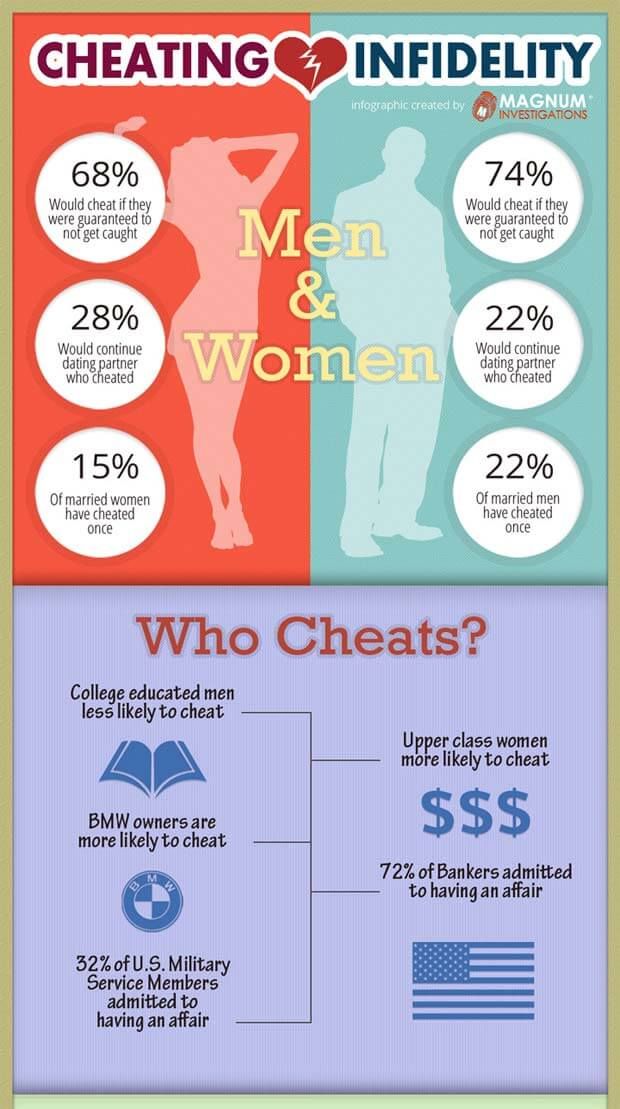 The report provides conclusions and recommendations towards ensuring sustained and effective efforts to eliminate this practice. Access the inputs received from States and other stakeholders on the report page.
The report provides conclusions and recommendations towards ensuring sustained and effective efforts to eliminate this practice. Access the inputs received from States and other stakeholders on the report page.
The UN Secretary-General’s report (A/73/257) presented at the GA’s 73rd session further analyzes the progress and achievements made towards the elimination of the practice of child early and forced marriage. In its last report (A/75/262), presented at the GA’s 75th session, the UN Secretary-General provides an overview of progress made to prevent and eliminate child, early and forced marriage, with a particular focus on practices and programmes that support already married girls and women.
In its resolution (A/HRC/RES/35/16, July 2017) the Human Rights Council noted with concern that the incidence and risk of child, early and forced marriage is highly exacerbated in humanitarian settings. This is due to various factors, including poverty, insecurity, gender inequality, increased risks of sexual and gender based violence, breakdown of rule of law and state authority, and lack of access to education, among others.
The High Commissioner focused its June 2019 report submitted to the Human Rights Council A/HRC/41/19 on the issue of child, early and forced marriage in humanitarian settings. For more information, please visit the report page.
In July 2019, the Human Rights Council adopted the Resolution A/HRC/RES/41/8 on child, early and forced marriage expressing concern on prevailing impunity and lack of accountability. It requested the High Commissioner for Human Rights to organize two regional workshops on child, early and forced marriage and measures to ensure accountability at the community and national levels. The outcome of these workshops will be reflected in a report on this same topic to be presented to the Human Rights Council at its fiftieth session (June/July 2022).
Videos
- Panel Discussion on Accountability to children in Humanitarian Situations - March 2018
- Expert workshop on Child, Early and Forced Marriages - October 2016
- More than 900 million child brides by 2030, Veronica Birga on child, early and forced marriage - 3 November 2016
- Child and forced marriage: a violation of human rights - 3 November 2016
UN and WHO studies and reports
- Latest reports and technical notes of UNICEF-UNFPA Global Programme to End Child Marriage
- COVID-19, A threat to progress against child marriage, UNICEF (2021)
- Understanding the relationship between child marriage and female genital mutilation, A statistical overview of their co-occurrence and risk factors, UNICEF (2021)
- Looking ahead towards 2030, Eliminating child marriage through a decade of action, UNICEF (2020)
- Child marriage among boys in high-prevalence countries, An analysis of sexual and reproductive health outcomes, UNICEF (2019)
- Child Marriage: Latest trends and future prospects, UNICEF (2018)
Other studies and reports
- Guide to good and promising practices aimed at preventing and combating female genital mutilation and forced marriage - Council of Europe, CDDH, 87 session, 13 July 2017
- The Development of Global responses to CEFM, University Macquarie / HAQ Centre for Child Rights, 2017
External links
- UNICEF
- UNFPA
- Girls not brides
Key international and regional instruments addressing CFM
- Recommendations for action against child and forced marriage: A compilation based on relevant United Nations General Assembly and Human Rights Council reports on child, early and forced marriage (2017)
- CEDAW General recommendation No.
 35 on gender-based violence against women (updating general recommendation No. 19) (2017)
35 on gender-based violence against women (updating general recommendation No. 19) (2017) - Joint general recommendation No. 31 of CEDAW and general comment No. 18 of the CRC on harmful practices (2014)
- CEDAW General recommendation No. 30 (2013) on women in conflict prevention, conflict and post-conflict situations
- Joint General Comment of the African Commission on Human and Peoples’ Rights (ACHPR) and the African Committee of Experts on the Rights and Welfare of the Child (ACERWC) on ending child marriage (2017)
Note: UN Human Rights is not responsible for the content of external studies, reports or links.
Child marriage: Facts, FAQs, and how to help end it
Child marriage and forced marriage are violations of child protection and human rights. This widespread, harmful practice not only compromises a child’s development; it also severely limits their health, wellness, and opportunities in life. And yet, globally, at least 12 million girls per year are married before the age of 18.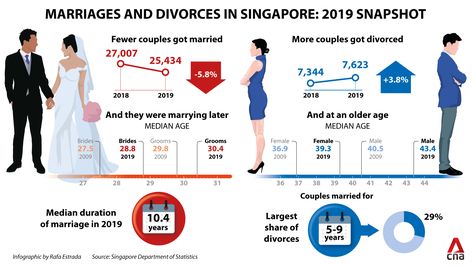
The United Nations Sustainable Development Goal 5 (gender equality) calls for a global effort to end child marriage by 2030.
FAQs: What you need to know about child marriage
Explore facts and frequently asked questions about child marriage, and learn how you can help end it.
- What is child marriage?
- How is forced marriage related to child marriage?
- How many child brides are there in the world?
- Why does child marriage happen today?
- Where does child marriage happen most?
- How are poverty and child marriage connected?
- Why is child marriage harmful?
- How does access to education for girls help reduce child marriage?
- How can I help end child marriage?
- What is World Vision doing to help end child marriage?
- Timeline for ending child marriage
What is child marriage?
At its core, child marriage — where one or both parties are children under 18 — violates child protection and human rights. Many factors can lead to child or forced marriage — from financial or food insecurity to cultural or social norms. Whatever the cause, it compromises a child’s development and severely limits their opportunities in life.
Many factors can lead to child or forced marriage — from financial or food insecurity to cultural or social norms. Whatever the cause, it compromises a child’s development and severely limits their opportunities in life.
While child marriage is far more likely to happen to girls, in some countries, it’s not uncommon for boys to marry before the age of 18. Often, a younger girl is married to an older man.
BACK TO QUESTIONS
How is forced marriage related to child marriage?
A key characteristic of forced marriage is the absence of one or both individuals’ full, free, and informed consent to the marriage. Marriage is considered forced when children are not in a position — legally or otherwise — to offer this kind of consent.
BACK TO QUESTIONS
How many child brides are there in the world?
About 650 million women alive today were married before their 18th birthday. Worldwide, about 21% of girls are married in childhood. That’s 12 million girls under 18 every year — or 22 girls every minute.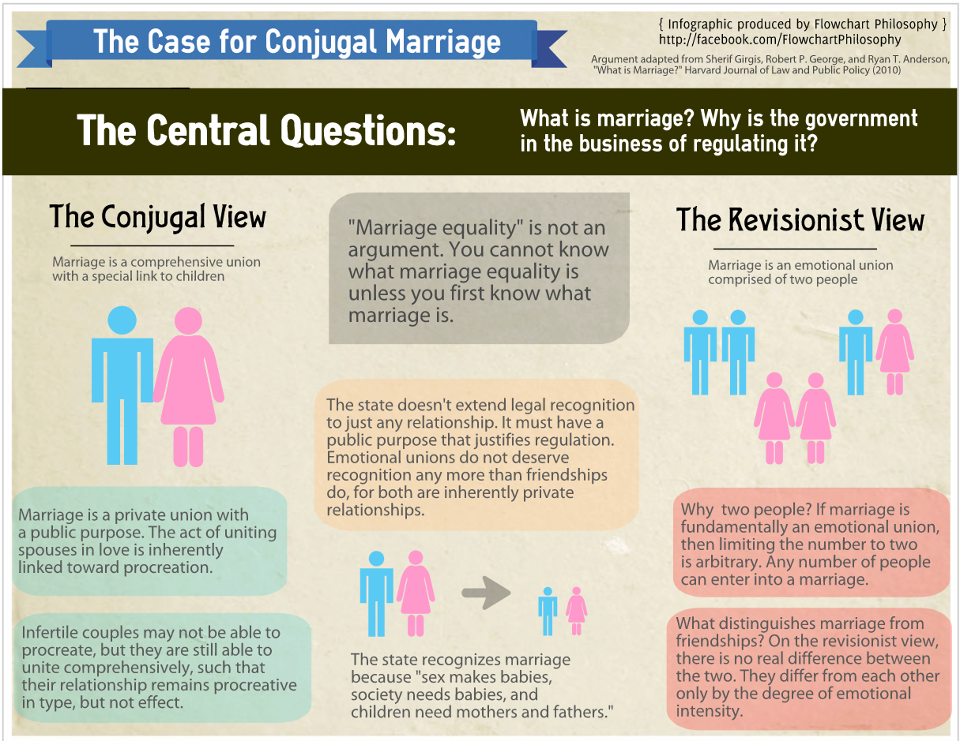
BACK TO QUESTIONS
Why does child marriage happen today?
The causes of child marriage are complex and varied. It’s motivated by different factors across communities and regions — sometimes even within the same country. Overwhelmingly, child brides come from the world’s most impoverished nations.
In addition to poverty, preserving family honor or providing “protection” for the family, social norms and customs, and religious beliefs can all factor in to children being forced into marriage.
BACK TO QUESTIONS
Where does child marriage happen most?
Child marriage is a global problem. It cuts across ethnic, cultural, and religious lines and can be found in almost every region — from Africa to the Middle East, Asia to Europe to the Americas.
In West Africa, Niger has the highest rate of child marriage globally — 76% of girls in Niger are married before the age of 18. Other countries in sub-Saharan Africa, like the Central African Republic and Chad, also see more than half of all girls married before their 18th birthday.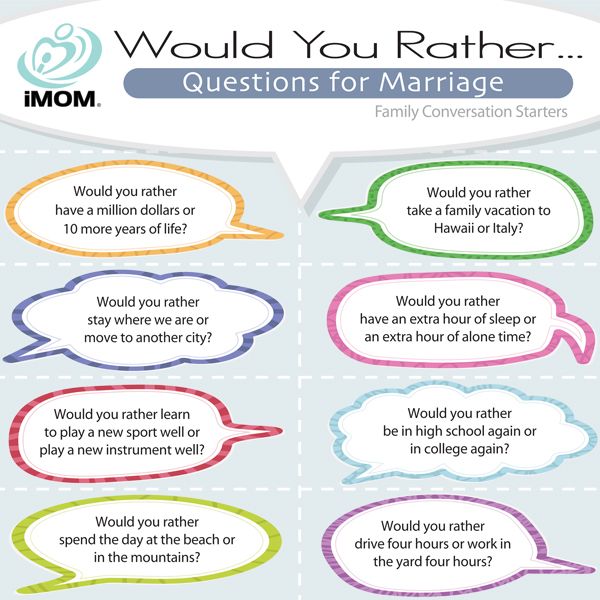
BACK TO QUESTIONS
The impact of child marriage can be devastating in Afghanistan, where an estimated 28% of Afghan women were married before the age of 18 in 2021. Hunger, chronic poverty, and mounting debt drove the parents of 7-year-old Maryam* to sell their daughter for her dowry (the equivalent of $2,250), so they could buy food for their children. They’re now praying they can pay the money back; otherwise, they must give Maryam to the man as soon as she turns 13. *Name changed to protect identity. (©2022 World Vision)How are poverty and child marriage connected?
For parents with several children or families living in extreme poverty, child marriage is simply a way to help alleviate their desperate economic situation.
In communities where a girl’s family pays a dowry, marriage at a younger age can mean a lower expense. In other communities, the economic transaction is reversed, and a man will pay a bride price to the parents of a girl to marry her. In these communities, younger girls often fetch a higher price, since they presumably have more time to dedicate to their new family and bear more children.
Girls are sometimes married to help offset debts, settle conflicts, or to bring in money when families are struggling financially. Overall, child marriage creates many economic incentives for parents to marry off their young girls — whether for financial security or gain. Sadly, the practice also tends to trap girls and their children into a lifetime of economic disadvantage.
While poverty is a key cause of child marriage, it’s also an ongoing consequence. Robbed of the chance to grow, learn, and fully realize their potential, child brides are disempowered, especially in developing countries with limited economic opportunities. Without an education, women who were married as children can’t end the cycle of poverty for themselves or their family.
BACK TO QUESTIONS
Why is child marriage harmful?
Child marriage has far-reaching effects on girls’ physical and mental health and lifelong opportunities. Girls who marry as children are less likely to reach their full potential.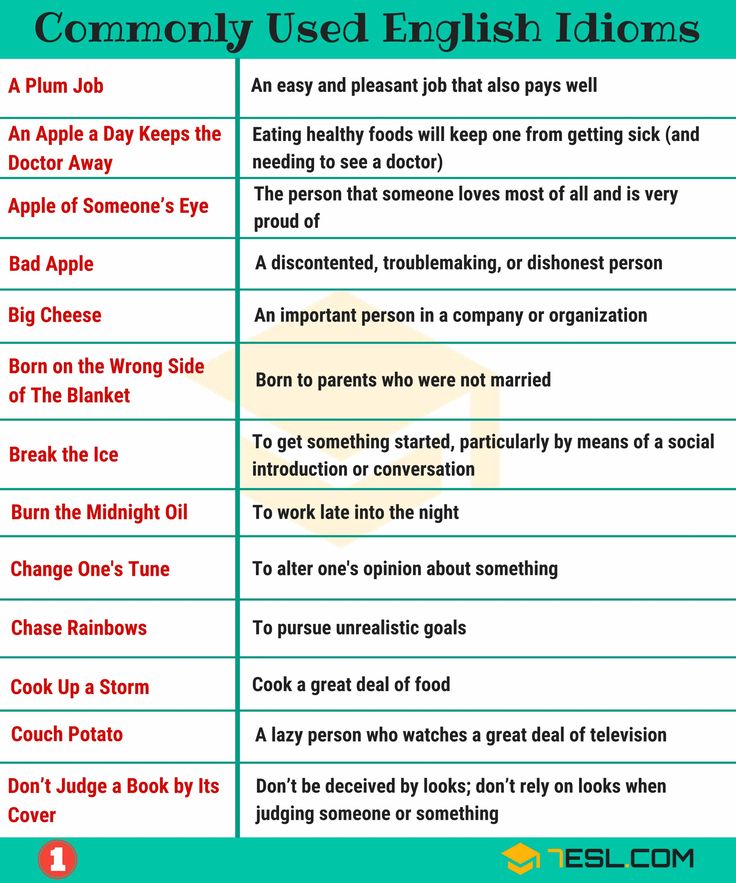 They face separation from family and friends during a critical stage of their lives. They’re expected to take on the role of a grown woman — running a household and raising a family — rather than going to school and participating in healthy social activities and age-appropriate play. A child bride usually doesn’t get to choose her own future.
They face separation from family and friends during a critical stage of their lives. They’re expected to take on the role of a grown woman — running a household and raising a family — rather than going to school and participating in healthy social activities and age-appropriate play. A child bride usually doesn’t get to choose her own future.
- Child marriage significantly impacts a girl’s ability to continue her education. Many girls are forced to drop out to focus on domestic responsibilities or to raise children. Parents and community leaders may not see the value in continuing to educate a girl, seeing it as unnecessary for her primary roles in life as a wife and mother.
- Child marriages have devastating consequences on girls’ health and development. As children themselves, they aren’t physically and emotionally prepared to become mothers. Teen moms and their babies are both at a higher risk of dying in childbirth than women who have children later. In fact, complications in pregnancy and childbirth are among the leading causes of death globally among adolescent girls ages 15 to 19.

- Young girls also may not fully grasp their sexual and reproductive health and may have difficulty accessing contraception and family planning information. They’re also more likely to experience domestic violence or exploitation, even within marriage.
- Girls in an informal union rather than a recognized marriage face an even greater risk of economic exploitation and abuse since they lack the full advantages of social recognition, citizenship, and inheritance.
BACK TO QUESTIONS
Alexandra encourages other teens in Honduras to delay marriage and childbirth until they have a good education and are adults. “Studying defines my future,” says Alexandra. “I am young, and I have my goals. What I want the most is to graduate from college with a nutrition degree, have my job, manage to buy my house, and eventually know when the time will be right to start a family.” Alexandra took part in World Vision’s youth network and now, as part of her senior project, shares the knowledge she learned in that program. (©2021 World Vision/photo by Andre Guardiola)
(©2021 World Vision/photo by Andre Guardiola)How does access to education for girls help reduce child marriage?
Girls who have no education are more likely to marry before 18 than girls who attend secondary school or higher. When girls have access to education, they develop the knowledge and confidence to make important life decisions for themselves — including if, when, and whom to marry.
BACK TO QUESTIONS
How can I help end child marriage?
- Pray for girls in cultures where child and forced marriage is common. Pray that they would gain access to education and be protected from these harmful practices.
- Make a one-time donation to our girls’ education fund. Your gift will help support girls to stay in school, remain unmarried through their teens, and develop their God-given abilities — ultimately building a stronger, healthier society.
- Sponsor a girl today. By investing in the life of a girl in need, you’ll help alleviate some of the conditions that put her at risk of child marriage, all while equipping her with access to the resources she needs to become a healthy, productive adult.
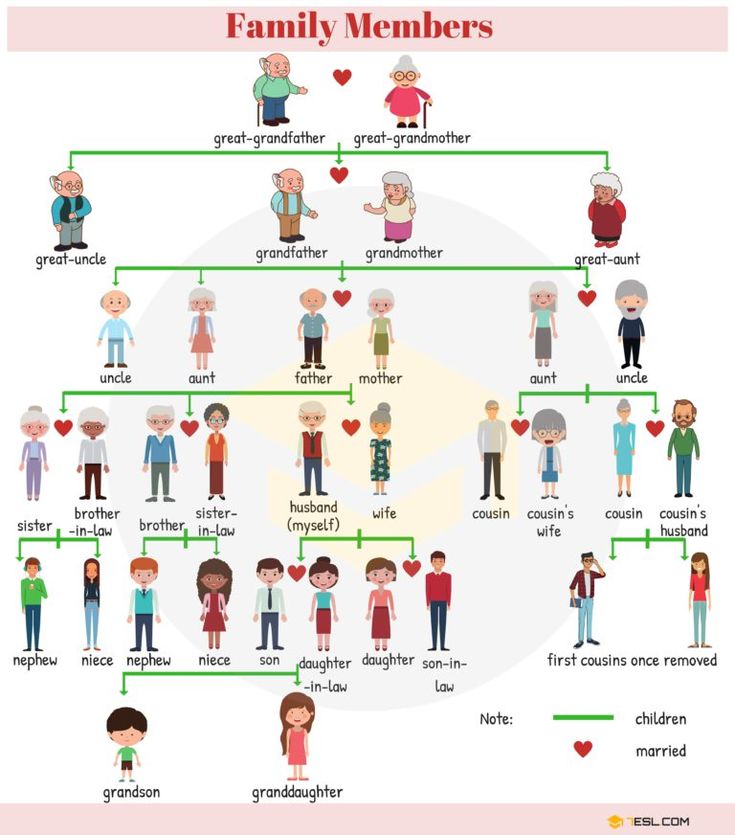
BACK TO QUESTIONS
What is World Vision doing to help end child marriage?
Wherever World Vision works, we make child protection a priority. We empower children with educational opportunities. We partner with their families and communities — men, women, boys, and girls — to help everyone understand a girl’s worth and potential. For programs to succeed, everyone needs to work together to help transform harmful practices.
As girls grow into women, our work in maternal, newborn, and child health plays a critical role in improving the health of mothers and babies. We educate community members on the importance of supporting women during pregnancy and motherhood and on the healthy timing and spacing of pregnancies.
Child brides aren’t the only ones harmed by child marriage. Communities, countries, and entire generations suffer the lasting impacts of child marriage when girls aren’t educated and empowered. By contrast, allowing girls to stay in school has serious payoffs, including reducing poverty and inequality and growing girls’ confidence, knowledge, and skills. That’s why World Vision prioritizes gender equality in our work to help communities achieve sustainable development, economic growth, and better prospects for their children — both boys and girls.
That’s why World Vision prioritizes gender equality in our work to help communities achieve sustainable development, economic growth, and better prospects for their children — both boys and girls.
In our work with community child protection committees, faith leaders, children and youth clubs, local governments, and women’s savings groups in many countries, World Vision prompts action to prevent child marriage and intervene on behalf of child brides.
- In Kenya, World Vision has expanded its Kenya Big Dream programming by partnering with schools and civic leaders to train boys and girls to prevent female genital mutilation (FGM) and child marriage in Baringo, Migori, Samburu, and West Pokot counties.
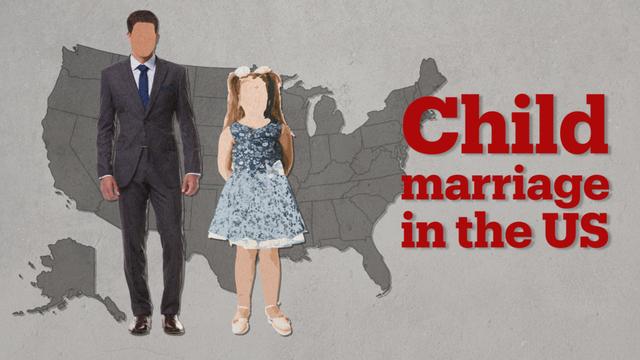 Young people strengthen their commitment to ending FGM through an alternative rite of passage that honors their culture.
Young people strengthen their commitment to ending FGM through an alternative rite of passage that honors their culture. - In India, World Vision, in partnership with the government, works through community activities to help parents and leaders prevent child marriage and keep their girls and boys in school. Programming includes Girl Power Groups and Adolescent Girl Groups that empower and inform girls about child marriage and the use of the Men Care Model, where men are brought into the conversation as allies of empowerment.
- In Bangladesh, girls in World Vision’s life-skills education programs learn to solve problems, think critically, communicate effectively, and make their own decisions. Equipped with the knowledge of the causes and consequences of child marriage, they’re empowered to call on their local officials and law enforcement to intervene in cases. World Vision supports the committees with training and educational opportunities.
- In Afghanistan, World Vision has trained more than 4,000 imams on gender relations, including gender equity, rights to education, and preventing violence against women.
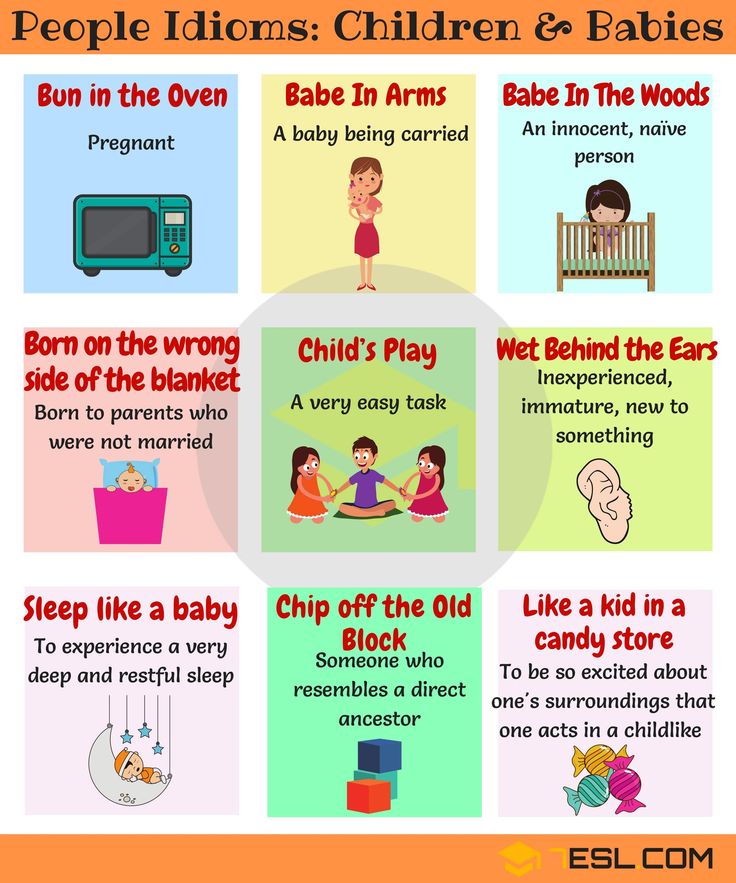 As a result, Afghan faith leaders have reached out to community groups, schools, the military, and police agencies to campaign against child marriage and for social justice.
As a result, Afghan faith leaders have reached out to community groups, schools, the military, and police agencies to campaign against child marriage and for social justice. - In Uganda, World Vision is helping strengthen community-based child protection and support to help girls and their families say no to child marriage among South Sudanese refugees who are displaced in the country.
- In Ghana, an innovative World Vision program has used a girls’ soccer tournament to boost an anti–child marriage awareness campaign.
BACK TO QUESTIONS
Timeline for ending child marriage
- 2008 to 2009: Approximately 25% of women are married as children.
- 2012: The first International Day of the Girl Child on October 11 focuses on preventing child marriage.
- 2013: The U.N. Human Rights Council puts child marriage on its agenda for action. The U.N. General Assembly declares child marriage to be a barrier to development.
- 2015: The United Nations Population Fund estimates that 1 in 3 girls marry by age 18, and 1 in 9 marry by age 15.
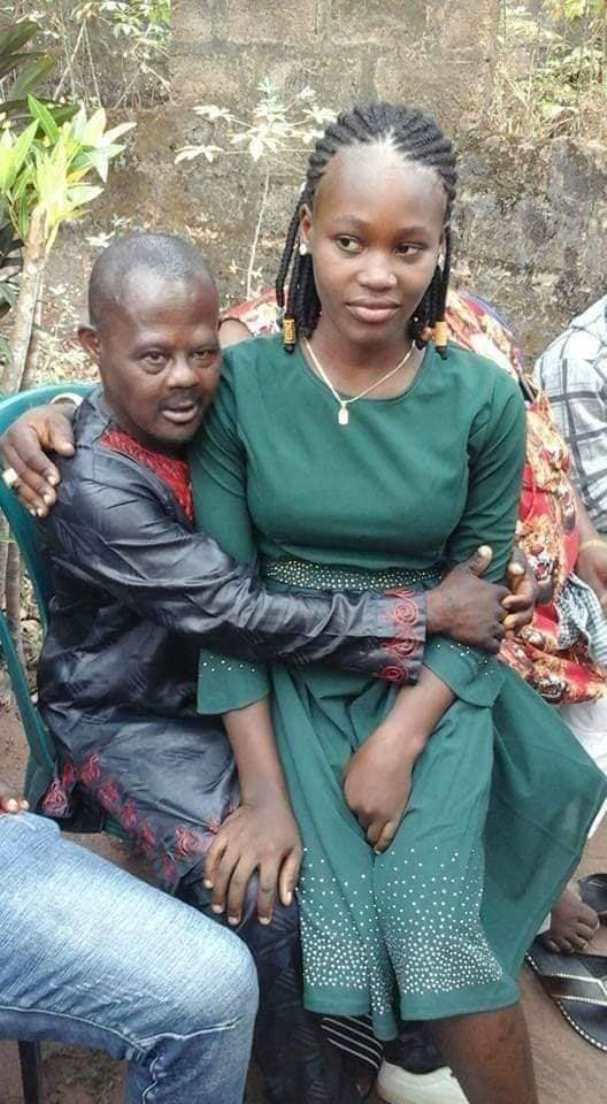 One target of the Sustainable Development Goals commits all countries to act to end child marriage.
One target of the Sustainable Development Goals commits all countries to act to end child marriage. - 2018: The number of women who marry as children has decreased to 1 in 5.
- 2020: The COVID-19 pandemic places 10 million more girls at risk for child marriage over the next decade — in addition to the 100 million girls already at risk of becoming child brides by 2030 before the pandemic began.
- 2030: The U.N. Sustainable Development Goals’ target year for eliminating child marriage in all countries.
- BACK TO QUESTIONS
Jasmine Owen of World Vision’s staff in Canada and Sevil Omer from World Vision U.S. contributed to this article.
Child, early and forced marriage, including in humanitarian settings
Child, early and forced marriage (CBR) is a human rights violation and a harmful practice that disproportionately affects women and girls around the world, preventing them from lived free from all forms of violence.
VARs threaten the lives and futures of girls and women around the world by denying them autonomy to make decisions about their lives, interrupting their education, leaving them vulnerable to violence, discrimination and abuse, and preventing their full participation in the economic, political and social spheres life.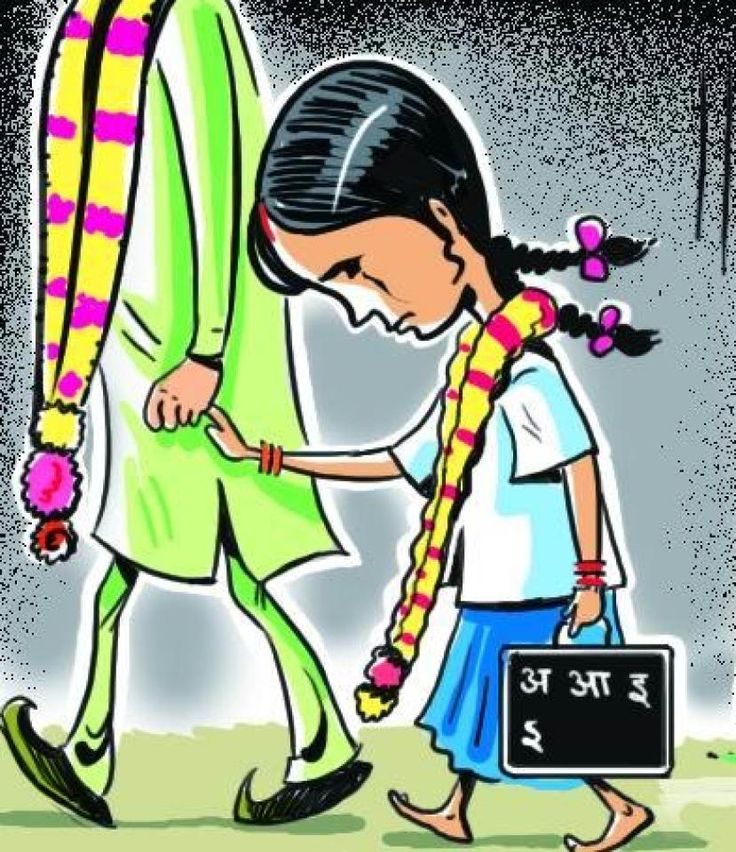 nine0005 Child marriages are also often accompanied by early and frequent pregnancies and childbirth, leading to above-average maternal morbidity and mortality. Women and girls are often provoked by the DRBP to flee from communities or commit suicide in order to avoid marriage.
nine0005 Child marriages are also often accompanied by early and frequent pregnancies and childbirth, leading to above-average maternal morbidity and mortality. Women and girls are often provoked by the DRBP to flee from communities or commit suicide in order to avoid marriage.
Definitions of child marriage and forced marriage
Child marriage is any marriage in which at least one of the parties is under 18 years of age.
Forced marriages are marriages in which one and/or both parties have not personally expressed full and free consent to enter into such a union. Child marriage is considered a form of forced marriage, provided that one and/or both parties do not express full, free and informed consent. nine0003
One in five girls is married
Today, more than 650 million women worldwide are married as children. Every year, at least 12 million girls are married before they turn 18. That is 28 girls every minute. One in five girls is married or is in a marriage before the age of majority.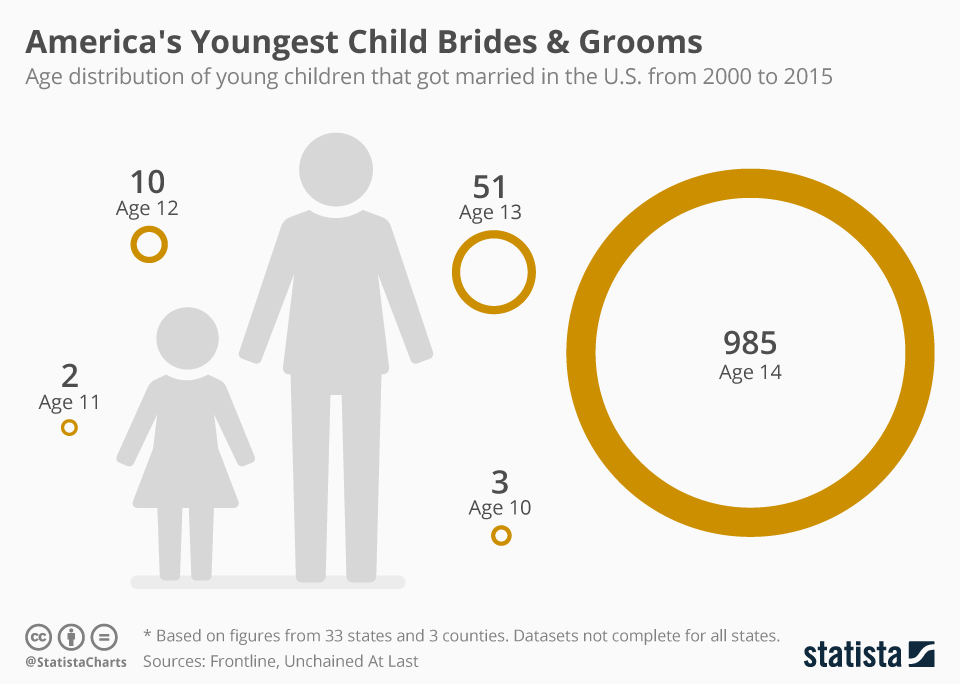 In the least developed countries, this figure doubles: 40% of girls are married before the age of 18, and 12% of girls are married before they are 15 years old. This practice is especially prevalent in conflict-affected countries and humanitarian crises (Source: UNICEF*). nine0003
In the least developed countries, this figure doubles: 40% of girls are married before the age of 18, and 12% of girls are married before they are 15 years old. This practice is especially prevalent in conflict-affected countries and humanitarian crises (Source: UNICEF*). nine0003
Despite progress, the magnitude of the phenomenon is still high
International human rights treaties and international bodies stress the need for action to combat AWAR. In recent years, efforts to end child, early and forced marriage have increased at the international, regional and national levels (see A/HRC/RES/24/23; A/HRC/26/22; A/HRC/35/5; A/ HRC/41/19; A/71/253; A/73/257; A/75/262). Dedicated efforts are being made to link these measures with the implementation and monitoring of the Sustainable Development Goals (SDGs), in particular Goal 5.3, to eliminate all harmful practices such as child, early and forced marriage and female genital mutilation. nine0003
Over the past decade, 25 million child marriages have been averted globally, thanks to improved education for girls, proactive government investment in support of teenage girls, and increased public awareness of the harms of child marriage. Despite this, child and forced marriages are still widespread, especially in some areas, such as sub-Saharan Africa and South Asia, which, according to UNICEF, account for 18% and 44% of all such marriages in the world, respectively. ; 12% are in East Asia and the Pacific; nine% - to the countries of Latin America and the Caribbean; 5% - to the countries of the Middle East and North Africa; and 12% is accounted for by other regions.
Despite this, child and forced marriages are still widespread, especially in some areas, such as sub-Saharan Africa and South Asia, which, according to UNICEF, account for 18% and 44% of all such marriages in the world, respectively. ; 12% are in East Asia and the Pacific; nine% - to the countries of Latin America and the Caribbean; 5% - to the countries of the Middle East and North Africa; and 12% is accounted for by other regions.
In no region will the current pace allow for the elimination of child, early and forced marriage by 2030, as envisaged in the 2030 Agenda for Sustainable Development*. In order to eliminate this practice everywhere, progress in this direction must be greatly accelerated and sustained. If we do not act more actively, by 2030 more than 120 million girls will be married before they turn 18. See UNICEF Global Data*
Child marriage in the context of COVID-19
The COVID-19 pandemic has had a severe impact on girls' daily lives and enjoyment of human rights.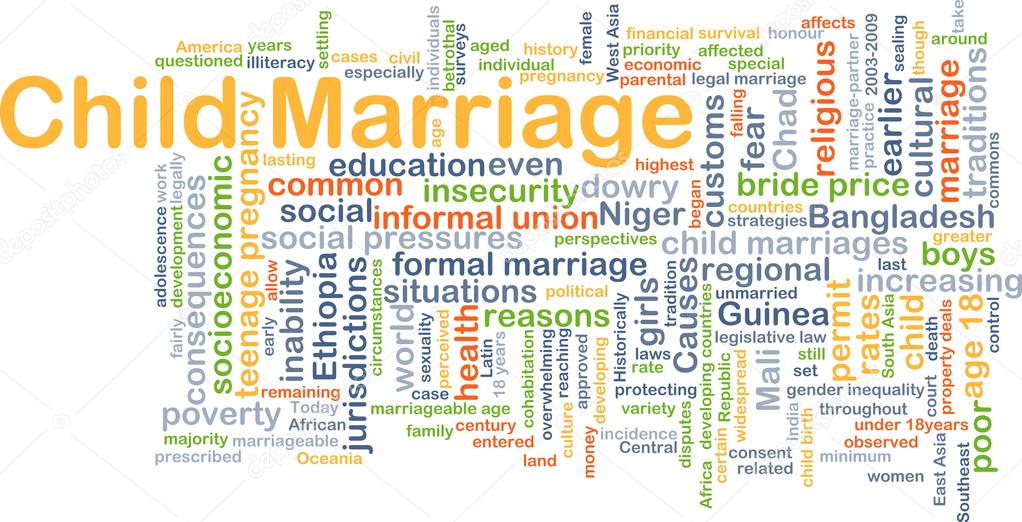 Empirical literature and theory about the factors that lead to child marriage, as well as reports from a number of countries, suggest that the likelihood of child marriage has increased in the context of the COVID-19 pandemic and its consequences. In particular, economic impacts on families and communities, school closures and services for girls are threatening progress and putting millions of girls at risk of child marriage, according to a recent UNICEF report*. nine0003
Empirical literature and theory about the factors that lead to child marriage, as well as reports from a number of countries, suggest that the likelihood of child marriage has increased in the context of the COVID-19 pandemic and its consequences. In particular, economic impacts on families and communities, school closures and services for girls are threatening progress and putting millions of girls at risk of child marriage, according to a recent UNICEF report*. nine0003
Issue papers on child and forced marriage
In 2014, the High Commissioner presented a report to the Human Rights Council on the prevention of child, early and forced marriage (A/HRC/26/22). The report reviews current measures and strategies to prevent and eliminate child, early and forced marriage, with a focus on challenges, achievements, best practices and gaps in their implementation. Check out the materials received on the page dedicated to the report*. nine0003
In July 2015, the Human Rights Council adopted its first substantive resolution recognizing child and forced marriage as a violation of human rights.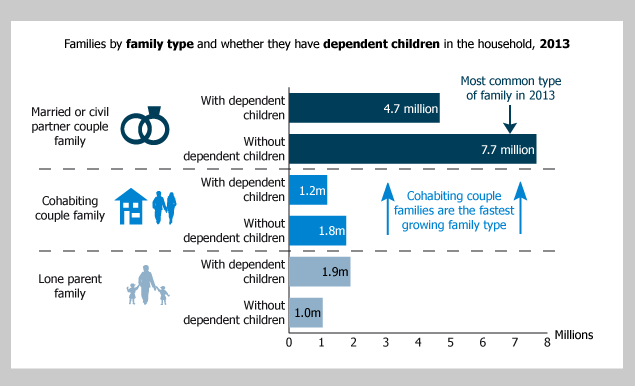 In resolution A/HRC/RES/29/8, the Human Rights Council requested the UN High Commissioner for Human Rights to organize an expert workshop to review and discuss the effectiveness of existing policies and initiatives to address child, early and forced marriage. See the 2017 report submitted to the Council at its thirty-fifth session (A/HRC/35/5) or visit the report page*. nine0003
In resolution A/HRC/RES/29/8, the Human Rights Council requested the UN High Commissioner for Human Rights to organize an expert workshop to review and discuss the effectiveness of existing policies and initiatives to address child, early and forced marriage. See the 2017 report submitted to the Council at its thirty-fifth session (A/HRC/35/5) or visit the report page*. nine0003
Report of the Secretary-General (A/71/253) presented to the 71st session of the GA, provides information on the progress made towards the elimination of child, early and forced marriage between April 2014 and May 2016. The report contains conclusions and recommendations to ensure sustainable and effective efforts to eliminate the practice. Submissions from States and other stakeholders are available on the report page.
The report of the UN Secretary-General (A/73/257) submitted to the 73rd session of the GA provides a follow-up analysis of progress and achievements in the elimination of child and forced marriage. In his latest report (A/75/262) presented to the 75th session of the GA, the UN Secretary-General reviewed the progress made in the prevention and elimination of child, early and forced marriage, focusing on practices and programs that are already helping married girls and women. nine0003
In his latest report (A/75/262) presented to the 75th session of the GA, the UN Secretary-General reviewed the progress made in the prevention and elimination of child, early and forced marriage, focusing on practices and programs that are already helping married girls and women. nine0003
In its resolution (A/HRC/RES/35/16, July 2017), the Human Rights Council noted with concern that the prevalence and risk of child, early and forced marriages are increasing dramatically in humanitarian situations . This is due to various factors, including poverty, insecurity, gender inequality, increased risk of sexual and gender-based violence, undermining the rule of law and state power, and lack of access to education.
The High Commissioner dedicated her June 2019 reportfor the Human Rights Council A/HRC/41/19 on the issue of child, early and forced marriage in humanitarian situations. For more information, please go to the page dedicated to the report*.
In July 2019, the Human Rights Council adopted resolution A/HRC/RES/41/8 on child, early and forced marriage, expressing concern about widespread impunity and lack of accountability. In it, the Council requests the High Commissioner for Human Rights to organize two regional meetings on child, early and forced marriage, as well as measures to ensure accountability at the community and national levels. The results of these workshops will be reflected in a report on the same topic to be submitted to the Human Rights Council at its fiftieth session (June/July 2022). nine0003
In it, the Council requests the High Commissioner for Human Rights to organize two regional meetings on child, early and forced marriage, as well as measures to ensure accountability at the community and national levels. The results of these workshops will be reflected in a report on the same topic to be submitted to the Human Rights Council at its fiftieth session (June/July 2022). nine0003
Video
- Panel on Responsibility to Children in Humanitarian Situations - March 2018*
- Expert Meeting on Child, Early and Forced Marriages* - October 2016
- Over 900 million girl brides by 20 * - Veronica Birga on child, early and forced marriage - 3 November 2016
- Child and forced marriage: a violation of human rights - 3 November 2016
UN and WHO research and reports
- UNICEF-UNFPA Global Program to End Child Marriage*
- Latest reports and technical notes*
- COVID-19 threatens progress against child marriage*, UNICEF (2021)
- Understanding the relationship between child marriage marriage and female genital mutilation, a statistical review of their coexistence and risk factors, UNICEF (2021)
- Vision 2030: End child marriage through a decade of action, UNICEF (2020)
- Child marriage among boys in high prevalence countries: an analysis of sexual and reproductive health outcomes, UNICEF (2019)
- Child marriage: recent trends and future prospects*, UNICEF (2018)
Other studies and reports
- Guidance on good and promising practices to prevent and combat female genital mutilation and forced marriage* - Council of Europe, Steering Committee, 87th session, 13 July 2017
- Developing a universal response to child, early and forced marriage*, McCarey University / HAQ Center for the Rights of the Child, 2017
Note: OHCHR is not responsible for the content of external studies and reports.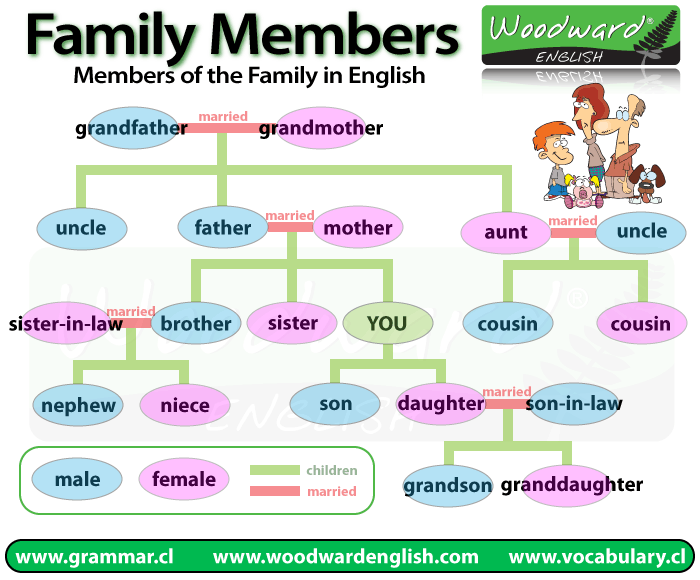
External Links
- UNICEF*
- UNFPA*
- Girls Not Brides*
Note: OHCHR is not responsible for the content of external sites.
Key international and regional instruments on child, early and forced marriage
- Recommendation for Action against Child and Forced Marriage*: a collection based on relevant UN General Assembly and UN Human Rights Council Reports on Child, Early and Forced Marriage (2017)
- CEDAW General Recommendation No. 35 on gender-based violence against Women (Update to General Recommendation No. 19), 2017
- CEDAW Joint General Recommendation No. 31 and CRC General Comment No. 18 on Harmful Practices (2014)
- CEDAW General Recommendation No. 30 (2013) on Women in Conflict Prevention, Conflict and post-conflict situations
- Joint General Comment of the African Commission on Human and Peoples' Rights and the African Committee of Experts on the Rights and Welfare of the Child on ending child marriage (2017)*
Note: OHCHR is not responsible for the content of external sites.
The UN is calling for an end to early marriage, which is still practiced in dozens of countries
Women
A 12-year-old girl ran away from home and walked 30 kilometers to prevent her family from marrying her off. The fugitive was sheltered by employees of a local public organization. This case, which happened in Kenya, was recently covered by many media outlets. Unfortunately, even today early marriages take place in many countries of the world.
As emphasized by the UN, although the number of women who married before the age of 18 has decreased by 15 percent in ten years, the phenomenon of child marriage is still very far from being completely eradicated. Every year, about 12 million girls are married as minors. nine0003
“Given the significant impact child marriage has on girls' lives, we are pleased with any reduction in numbers.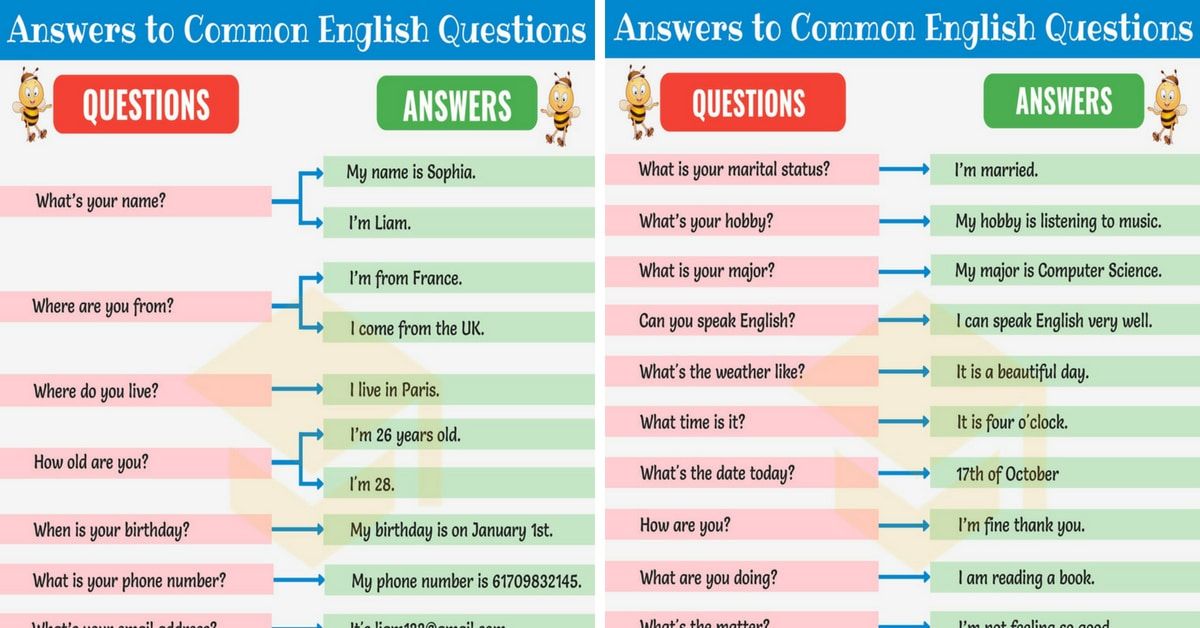 However, we still have a lot to do [in this direction],” says Anju Malhorta, Chief Gender Adviser of the United Nations Children's Fund (UNICEF).
However, we still have a lot to do [in this direction],” says Anju Malhorta, Chief Gender Adviser of the United Nations Children's Fund (UNICEF).
In more than a hundred countries, the law still permits underage marriage under certain circumstances
In 88 per cent of countries the minimum age for marriage is officially set at 18, but in more than a hundred countries the law still allows underage marriage under certain circumstances. In addition, in many cases marriages with children under 18 years of age are justified by religious law. nine0003
Early marriages are most common in Asia, Africa and the Middle East. Child marriages are also found in the post-Soviet space, including in the countries of Central Asia. Moreover, potential brides are often kidnapped and forced to agree to marriage.
“We find it hard to believe that women agree to marry in the circumstances that accompany bride kidnapping – sexual violence, pressure from the kidnapper and his family, and stigma against women who run away from the wedding,” says a member of the Committee United Nations on the Elimination of Discrimination against Women Lia Nadaraya. nine0003
nine0003
Together with her colleagues, she conducted an investigation into the situation in Kyrgyzstan following reports on the status of women from 14 public organizations. The investigation revealed systematic violations of women's rights in this country, related to forced marriages and bride kidnapping.
Last fall, members of the Third Committee of the UN General Assembly supported a resolution on the need to take additional measures to combat early marriage. The authors of the resolution recall that early and forced marriages lead to discrimination against women, and call them "a form of violence against women and children." nine0003
Early marriages deprive girls of education and training
Girls who are forced into marriage are often victims of sexual, physical and psychological abuse by their partners. In addition, they are at risk of early pregnancy and give birth without being physically or mentally ready for it. Often, early marriages deprive girls of the opportunity to receive an education and a profession, which only exacerbates their dependent and vulnerable situation.